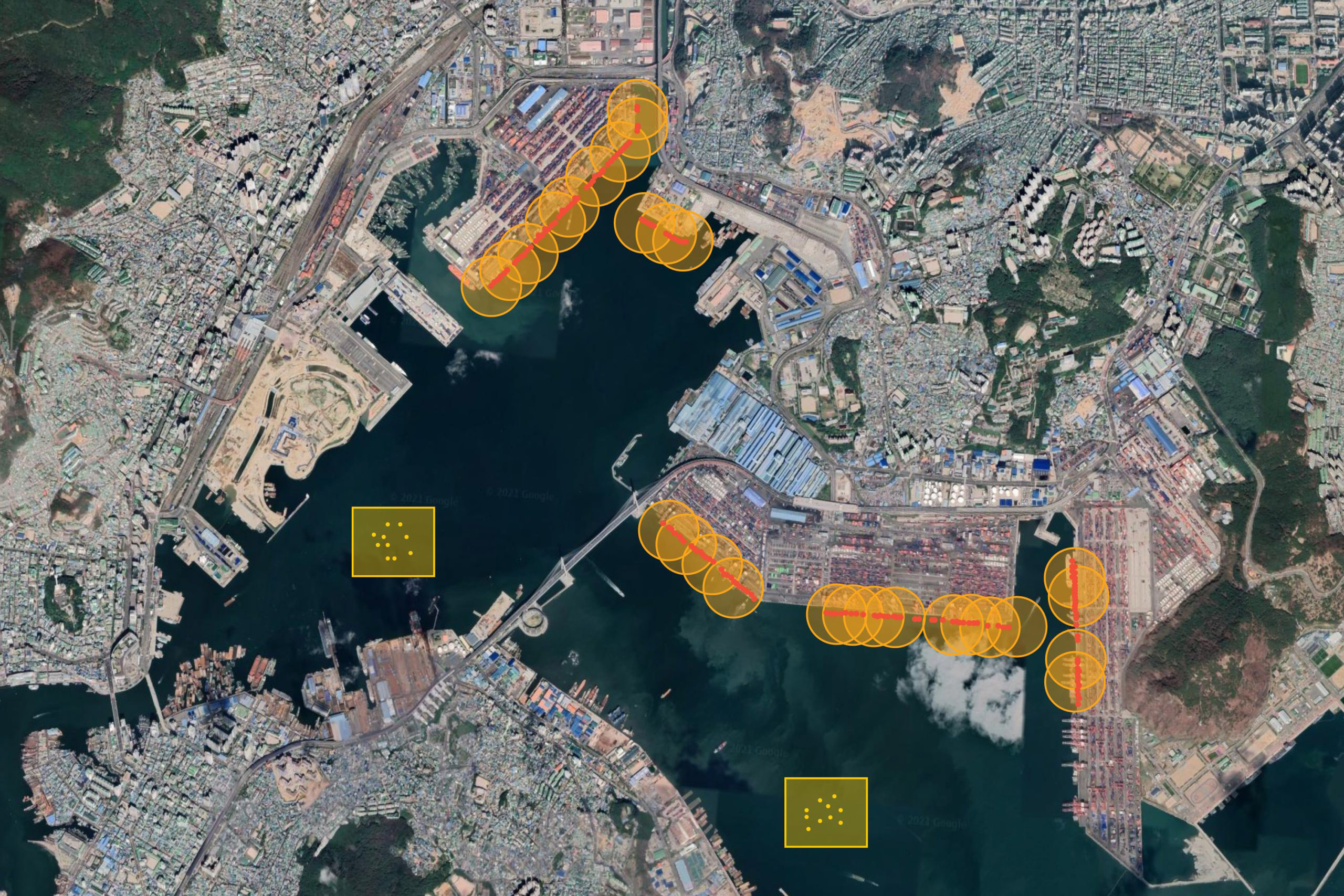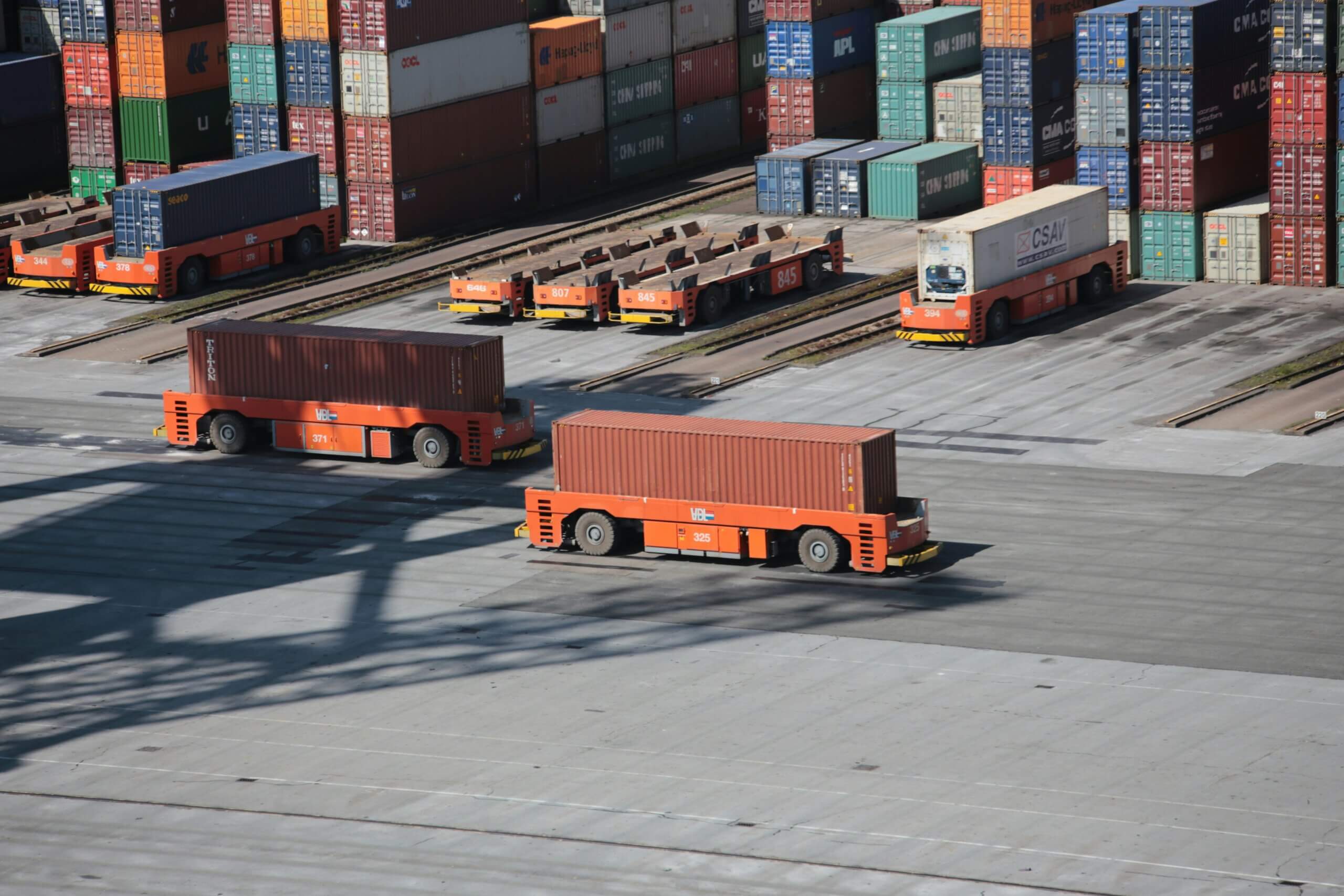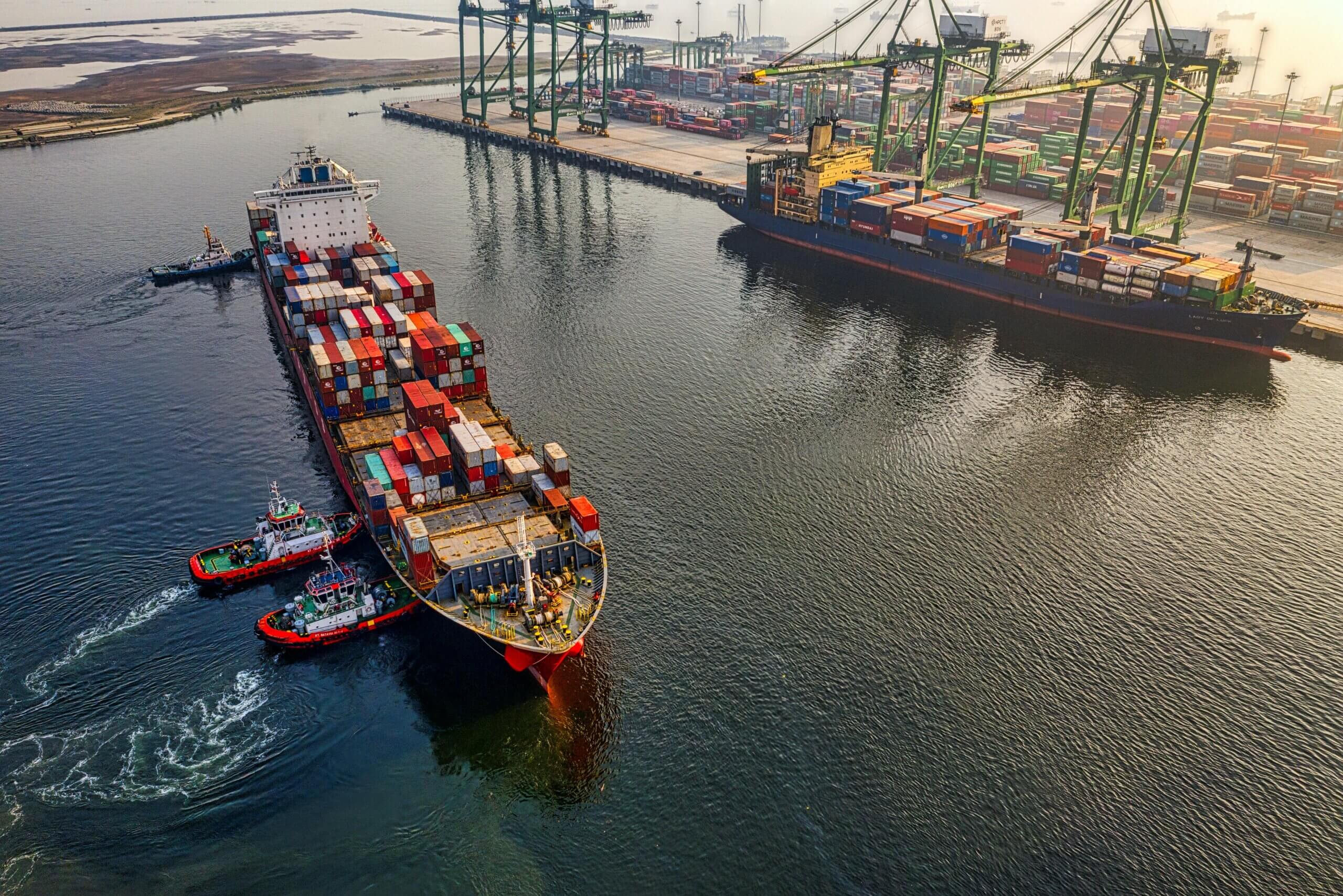Not every real-time transportation visibility (RTTV) platform is the same. That’s because without the highest caliber of data quality, it’s not possible for an RTTV platform to produce the insights that are essential for supply chain management – dynamic Estimated Time of Arrivals (ETAs), proactive exception management, supplier visibility, and collaborative visibility.
If the data quality is low, then the insights based on that data will be inaccurate or inconsistent. A data quality framework is necessary to ensure that an RTTV platform provides the highest-caliber information. These are the four pillars to take into consideration for data quality: completeness, accuracy, latency, and fidelity.
Completeness of Data
Completeness of data is necessary to be able to produce a thorough global picture of transportation movements. project44 has the largest global network of any RTTV provider. Our platform tracks 49 million shipments annually and we cover 96% of the world’s containerized freight. We also integrate with more than 60 Enterprise Resource Planning (ERP) and Transportation Management System (TMS) providers and connect to more than 800 telematic and electronic logging device (ELD) makers.
We also have developed a method for automatic onboarding of carriers so they can be quickly plugged into our network. Not only do we automate the capture of transportation data, but the platform also automates the ingestion of inventory and order information as well.
Data Accuracy
It is estimated that 20-30% of data in the supply chain is erroneous. That’s why project44 has taken steps to improve data accuracy by using machine-language techniques for data cleaning. The algorithms clean and correct source data, including the typical 15-40% of industry Electronic Data Interchange (EDI) information that is erroneous. By correcting such data, project44 ensures a strong foundation for true visibility and data analysis.
Another industry inaccuracy our platform corrects is when some logistics service providers (LSPs) and carriers furnish inaccurate information on intermodal movements and report that the shipment is traveling on a truck when it’s on a railroad. To fix that problem, project44 has developed an algorithm to determine which mode of transportation is being used in shipping.
Data Latency
Data latency inhibits the ability to create a real-time picture of transportation movements. To ensure the timeliness of information, we employ patented technology to use Internet of Things (IoT) data with a density clustering algorithm to derive highly precise mapping of supply chain nodes and shipment whereabouts.
For example, take ocean shipment container tracking. Because there is no data source for all port berth locations around the globe, there’s an average 36-hour latency in notifications about the arrival of an ocean shipment at a port. To address this problem, project44 has mapped 11,800 global berths to within 20 meters. Our algorithm identifies the vessel’s precise location using satellite data. It then infers from that information the status of the shipment such that we can determine whether the ocean shipment has arrived at port or it’s waiting to dock.
Data Fidelity
Finally, data fidelity provides context around the routing of shipment. Because transshipments often omit the information on interchange points on a shipment’s journey, our patented machine learning technique enriches the provided data by including the shipping context. By being able to put the journey into its entire context with transfer points, we can generate more accurate lead times.
Delivering Value
By ensuring the use of high caliber data, project44 gives shippers, carriers, and LSPs confidence in the reliability of our prediction and insights.
Intelligence on shipments puts companies in a position to improve their transportation planning. Our platform also gives companies the insights they need to become proactive in managing supply chain disruptions. Finally, a company can offer an Amazon-like level of customer experience by keeping clients informed of the whereabouts of shipments in progress.
As the supply chain increasingly relies on the efficient movement and analysis of immense amounts of information, we’re using data science to solve some of the most complex challenges facing the industry.



